Auroch

The auroch was the wild ancestor of modern cattle. It was majestic in size, with horns that reached 80cm in length, and it migrated from Asia into Europe and North Africa during warmer bygone eras. We have discovered auroch fossils that are 230,000 years old. Palaeolithic cave paintings depict the auroch as a hunted species, but it was also an important symbol of power in early polytheistic religions. The species was hunted to extinction and suffered habitat loss as human populations grew. The last wild auroch died in a Polish forest in 1627.
Smilodon
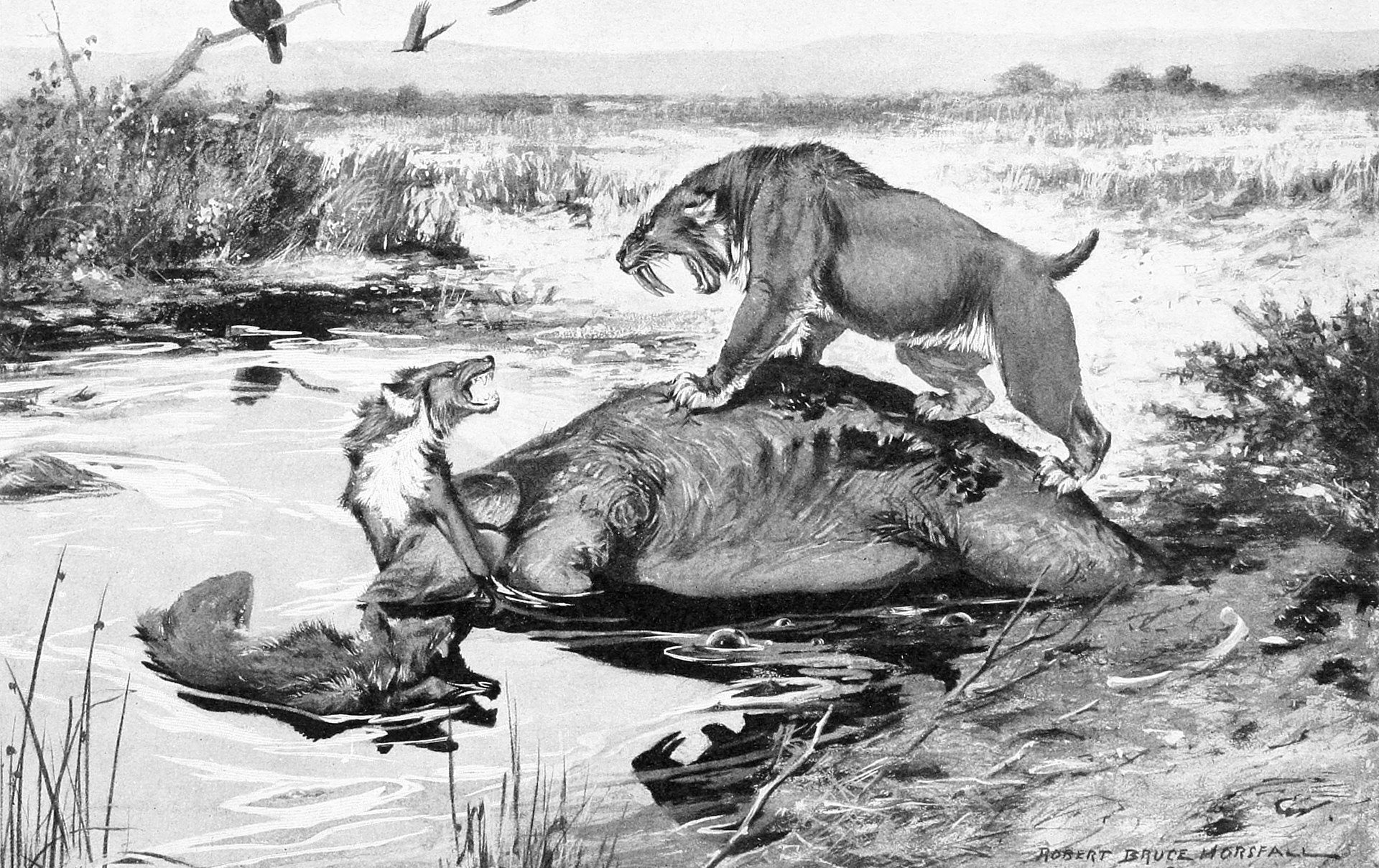
The spectacular smilodon, also known as the sabre-tooth tiger, was an example of early megafauna. Three species existed within this genus: S. gracilis, S. fatalis and S. populator. Known for its massive upper canine teeth, it lived in the Americas and preyed on bison and camels. Its downfall around 10,000 years ago, along with most other megafauna, was probably due to a range of issues: it was competing for food and space with early humans, and it struggled as its large herbivore prey went into decline.
Dodo
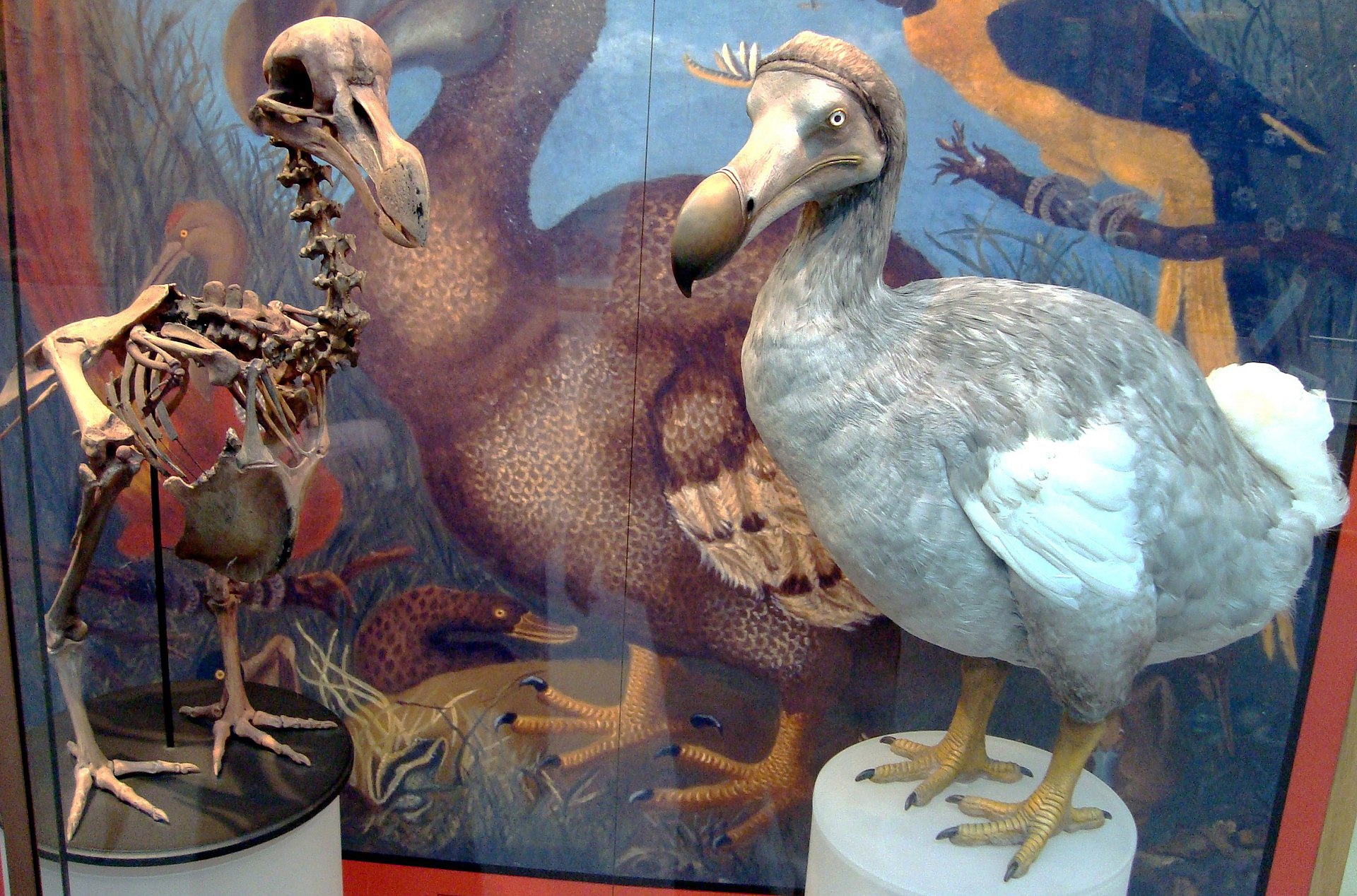
The most famous symbol of extinction worldwide, the unfortunate dodo was a flightless bird that could only be found on the island of Mauritius. Even its closest relative, another flightless bird named the Rodrigues solitaire, has been lost forever. A metre in height, the dodo’s exact colouring is unclear because it ranges so much in different contemporary illustrations. It reportedly laid only one egg at a time, and it ate nuts, roots, seeds and possibly small shellfish. After Mauritius was colonised by the Dutch Empire in the 1600s, the dodo was rapidly hunted to extinction.
Moa
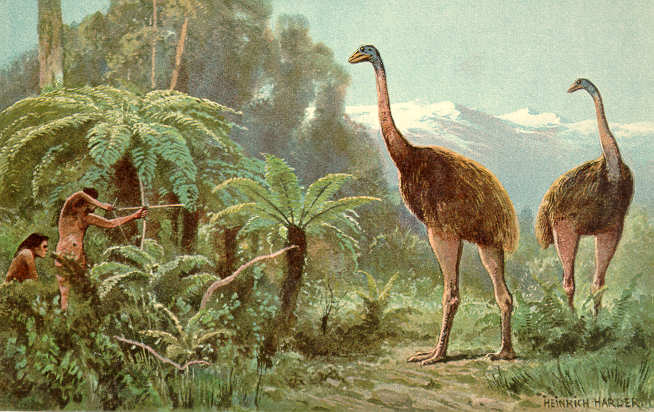
Moa, a group of huge flightless birds that lived only in New Zealand, grazed on ground-level vegetation as well as the leaves of trees. Their entire length could reach 3.6 metres, though smaller species like the bush moa also thrived on the islands. Some experts believe there may have been as many as 2.5 million moas before Polynesian people settled in the area in the 1300s and hunted them to extinction. Like the dodo, the moa became extinct less than a century after its quiet island existence was interrupted by humans.
Haast’s Eagle

Haast’s eagle, which inspired the legend of the Pouakai monster, lived on New Zealand’s South Island and remains the largest eagle to have ever existed. It may have weighed as much as 15 kg, with a wingspan of 2.6-3.0 meters. In the 1300s, new Maori residents to the island didn’t hunt the eagle itself, but they did kill its main food source: the moa. As a result, Haast’s eagle became extinct around the same time as its flightless prey.
Megalania
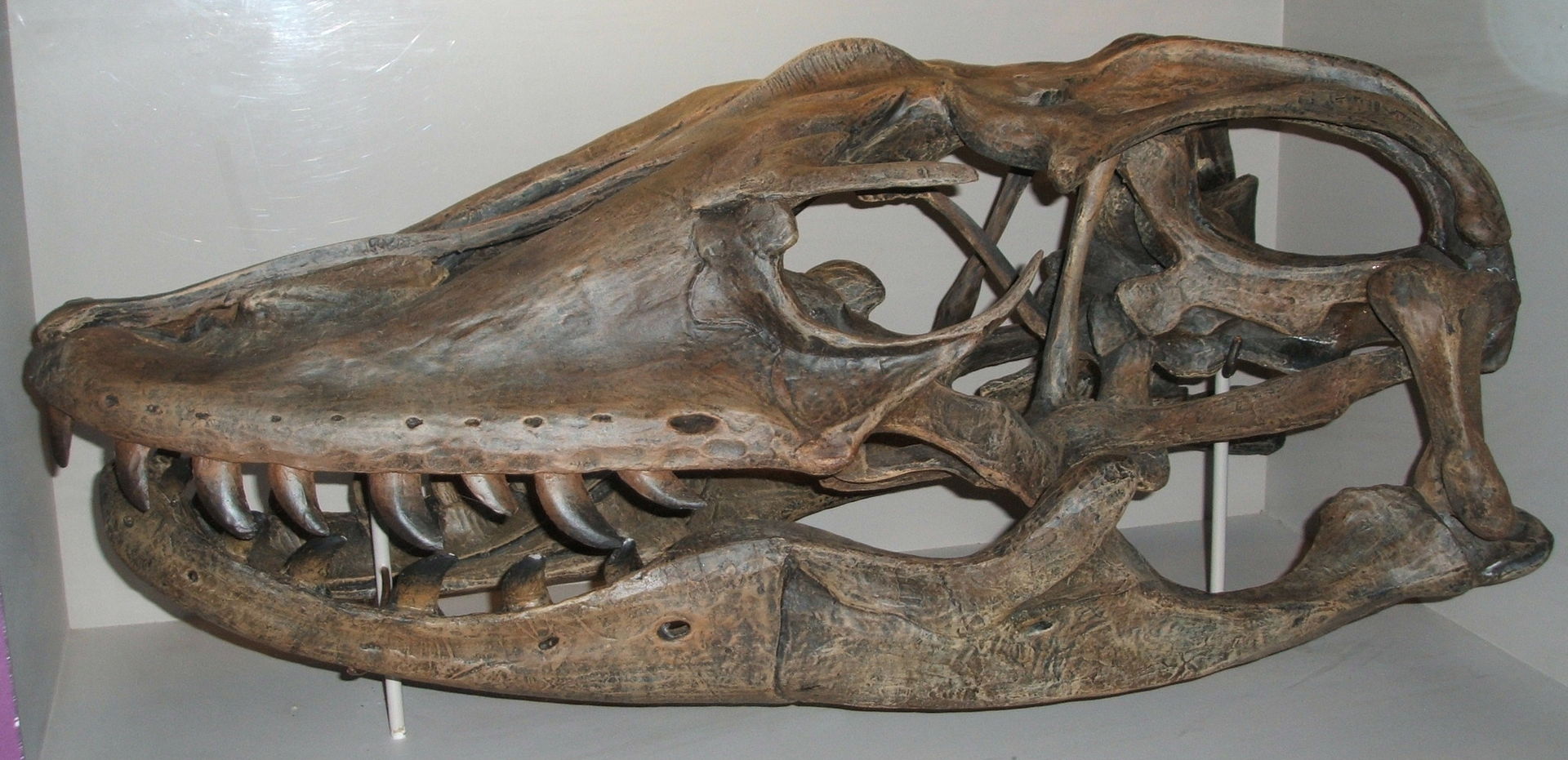
Megalania’s oldest fossils were found in Australia, and they date to 50,000 years ago. This mammoth monitor lizard may have reached 7m in length and it is the largest land lizard that has ever been discovered. It died out as a result of hunting by early human settlers. However, the megalania bears plenty of similarities to the Komodo dragon, which has survived to the present day. In 2020, the Indonesian government temporarily closed its key habitat, the island of Komodo, to tourists in order to help the species recover from human activities.
Tasmanian Tiger
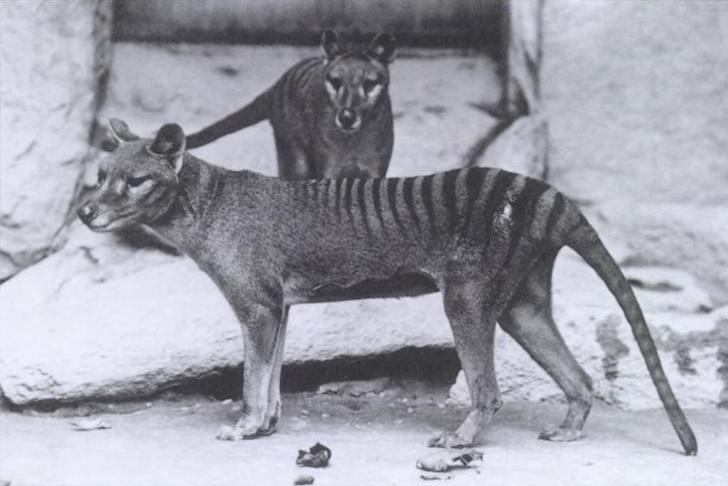
An Australian icon, the Tasmanian tiger was a carnivorous marsupial with vivid stripes. Along with disease and the introduction of dingoes, Tasmanian tigers died out as a result of a deliberate campaign by European settlers. It was believed they were killing livestock, despite few sightings, and so the Van Diemen’s Land Company and the Tasmanian government offered bounties to anyone who could hunt them down. The last ever Tasmanian tiger died in captivity in 1936.
Yangtze river dolphin
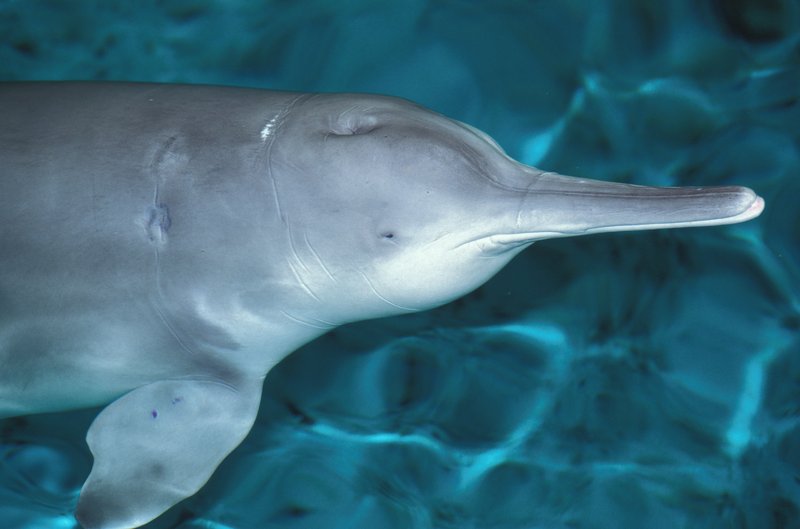
Since the extinction of the Japanese sea lion and the Caribbean monk seal in the 1950s, the beautiful Yangtze River dolphin, also known as the baiji, became the world’s most threatened aquatic mammal. This near-blind creature relied on sonar for navigation. In 2007, it was declared “likely to be extinct” due to unsustainable fishing: in particular, the dolphins suffered from entanglement in nets and illegal electric fishing. However, there are still hopes that a surviving baiji may still be out there, with one suspected sighting caught on videotape in 2007.
Quagga
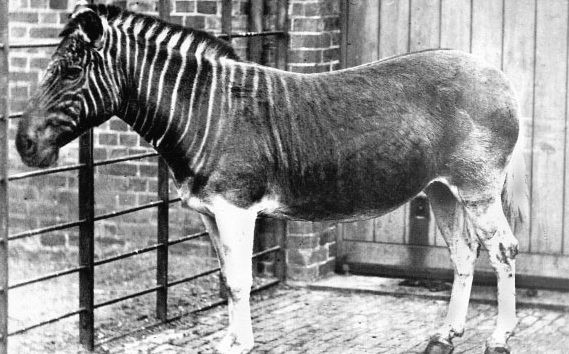
A subspecies of the plains zebra rather than a species in its own right, the quagga (Equus quagga quagga) died out due to intensive hunting in the late 1800s. This brown-and-white striped creature looked like it was half-horse, half-zebra. It roamed South Africa, grazing on the scrublands of the Karoo semi-desert. “Moving slowly across the profile of the ocean-like horizon, uttering a shrill, barking neigh, of which its name forms a correct imitation, long files of quaggas continually remind the early traveller of a rival caravan on its march,” one eyewitness reported.
Atlas Bear
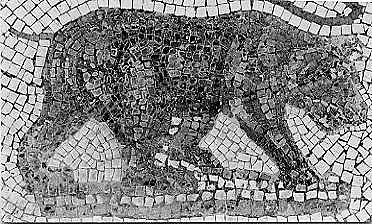
Named after the Atlas Mountains in North Africa, the Atlas bear was the only bear species native to the continent. It had dark brown and red fur, and according to genetic tests, it was more closely related to polar bears than to other brown bear species. It suffered as a result of human activity as early as ancient times, when the Romans hunted and captured them for sport. However, the Atlas bear didn’t die out until 1870, when the last surviving individual on record was killed by hunters in northern Morocco.